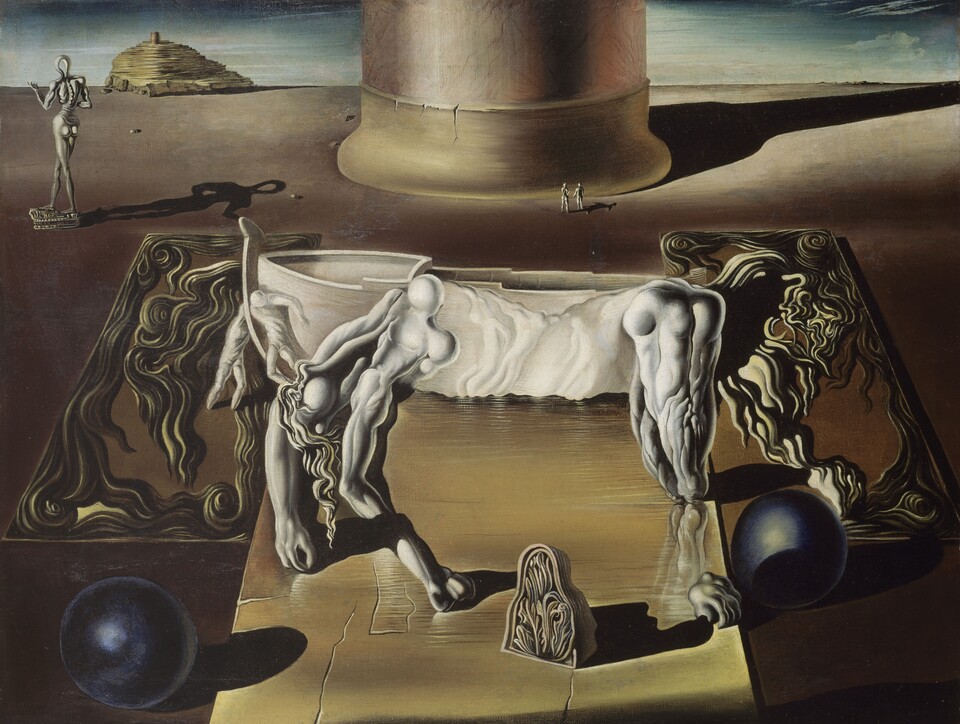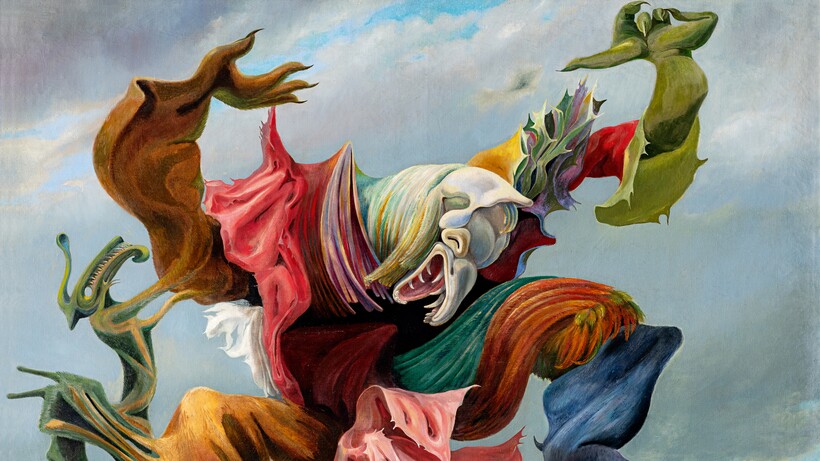Secure your time slot ticket, FLEX ticket, SURREALISM & MICHEL-TURM combination ticket or a travel package for the major SURREALISM EXHIBITION from 13 June 2025 to 12 October 2025 now.
»To romanticise the world is to make us aware of the magic, mystery and wonder of the world.
Novalis, Aphorisms, 1798
»May you only take the trouble to practise poetry
André Breton, First Manifesto of Surrealism, 1924
Curator
Dr. Annabelle Görgen-Lammers
Assistant Curators
Vera Bornkessel (since Oct 2024)
Maria Sitte (since Feb 2024)
Curatorial Trainee
Laura Förster (Jan - Sept 2024)
Partner venues
The Royal Museum of Belgium, Brussels
21 February to 21 July 2024
Curators: Francesca van der Pitte and Sophie van Vliet
Centre Pompidou, Musée National d’art Moderne/ Centre de Création Industrielle (Mnam-Cci), Paris
4 September 2024 to 5 January 2025
Curators: Didier Ottinger and Marie Sarré
Hamburger Kunsthalle
12 June to 12 October 2025
Curator: Dr. Annabelle Görgen-Lammers
Fundación Mapfre, Madrid
4 February to 11 May 2025
Curator: Estrella de Diego
Philadelphia Museum of Art
8 November 2025 to 16 February 2026
Curator: Matthew Affron
One hundred years ago, the most renowned artistic movement of the twentieth century emerged in Paris: Surrealism. Sparked by a reconsideration of value systems in the aftermath of the First World War, it was a current that would shape the twentieth century like no other. Surrealism displayed a striking »elective affinity« in particular with German Romanticism. The supernatural and irrational, dreams and chance, a feeling of community and encounters with a changing natural world were vital sources of inspiration for German Romanticism and shaped international Surrealism differently a century later. Starting with André Breton’s First Surrealist Manifesto in 1924, fascinating parallels come to light with respect to fundamental questions, attitudes, motifs and even pictorial processes.
Selected Surrealist masterpieces by Max Ernst, Meret Oppenheim, René Magritte, Salvador Dalí, Valentine Hugo, Toyen, André Masson, Paul Klee and many more demonstrate that, alongside poets including Novalis, Achim and Bettina von Arnim, Friedrich Hölderlin, Heinrich von Kleist and Karoline von Günderrode, the great Romantic painters such as Caspar David Friedrich (1774–1840) and Philipp Otto Runge (1777–1810) also played an important role in the search for a revolutionary new art form in the twentieth century.
Surprisingly, even more direct references to German Romanticism emerged in the Resistance and among those surrealists living under occupation and in exile during the Second World War. In a broader sense, comparable basic ideas about the cosmos, nature, dreams, inner visions and community can be discerned in the activities of the Surrealists between 1924 and 1966.
- Read more
To mark the 100th anniversary of the advent of Surrealism, the epoch-spanning exhibition invites visitors to compare and contrast the diverse artistic, poetic, and intellectual facets of Surrealist art with the heritage of German Romanticism. The show brings together over 180 icons of Surrealism and over 60 core works of German Romanticism, presenting them alongside one another. In keeping with the multidisciplinary approach taken by both movements, the exhibits on display encompass paintings, drawings, sculptures, literature, films, photography and objects.
Strikingly enough, the juxtaposition of Surrealism and German Romanticism is at the very heart of the Hamburg collection: After his first visit to the Kunsthalle, to accept the Lichtwark Prize in 1964, Max Ernst responded directly to Runge’s key work of German Romanticism, Morning (first version) (1808) with his 1965 painting A Beautiful Morning (Un beau matin).
On view will be outstanding masterworks on loan, some of them never before seen, from national and international private collections as well as important museums in Mexico, the USA and throughout Europe, including the Philadelphia Museum of Art; Sidney and Lois Eskenazi Museum of Art, Bloomington (USA); Museo Nacional Centro de Arte Reina Sofía, Madrid; Tate, London; Musée Cantini, Marseille; Musée d’Art Moderne de la Ville de Paris; Kunsthalle Praha; Kunstmuseum Bern; Kunstmuseum Liechtenstein, Vaduz; Städel Museum, Frankfurt; Museum Ludwig, Cologne; Pinakothek der Moderne, Munich; and many more, as well as from many European private collections, some of them hitherto unknown to the public.
Site Map of the exhibtion »Rendezvous of Dreams. Surrealism and German Romanticism«
The exhibition is part of the international celebration of Surrealism, organized to mark the centenary of the publication of the Surrealist Manifesto. The exhibition was reinterpreted at the Musées royaux des Beaux-Arts de Belgique, Brussels from 21 February to 21 July 2024, at the Centre Pompidou from 4 September 2024 to 13 January 2025, at the Fundación Mapfre, Madrid from 4 February to 11 May 2025, after Hamburg, parts of it will be on show at the Philadelphia Museum of Art, Philadelphia from 8 November 2025 to 16 February 2026.
Under the patronage of
François Delattre, French Ambassador to Germany
Dr. Peter Tschentscher, First Mayor and President of the Senate of Freie und Hansestadt Hamburg
Main Supporters


Supported by








Partner

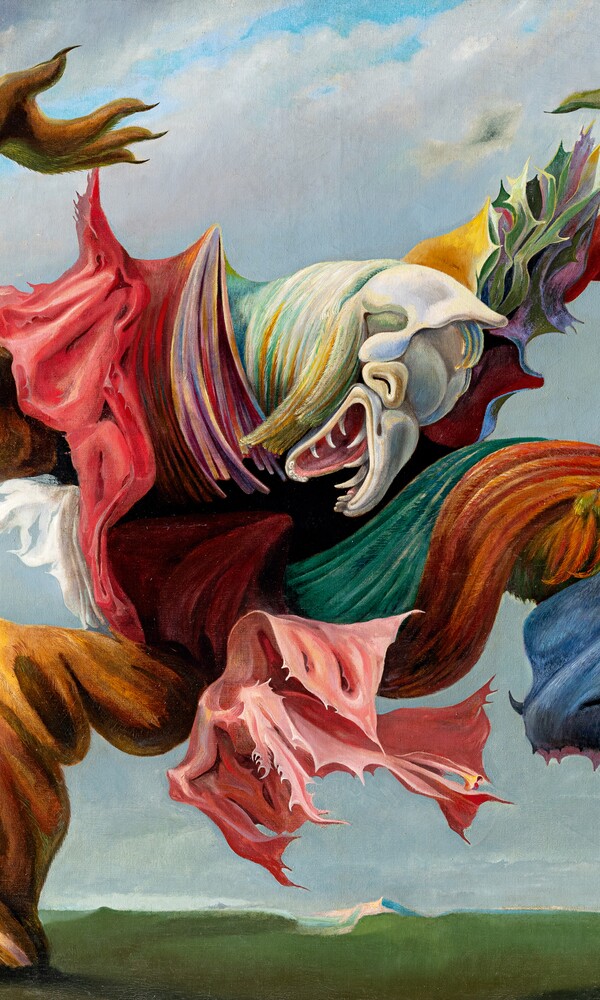
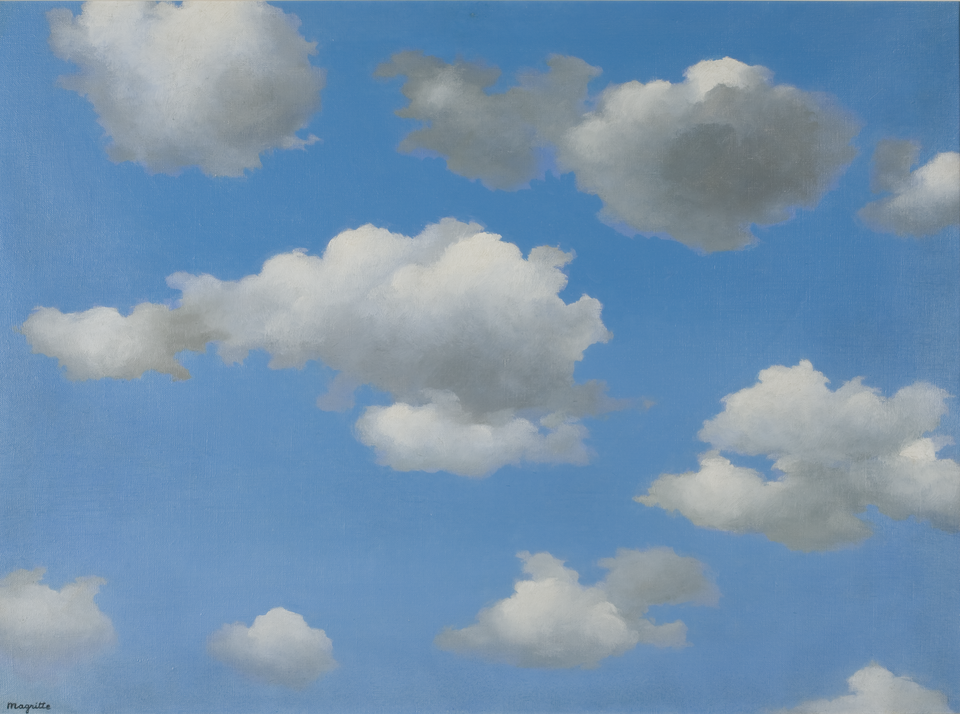

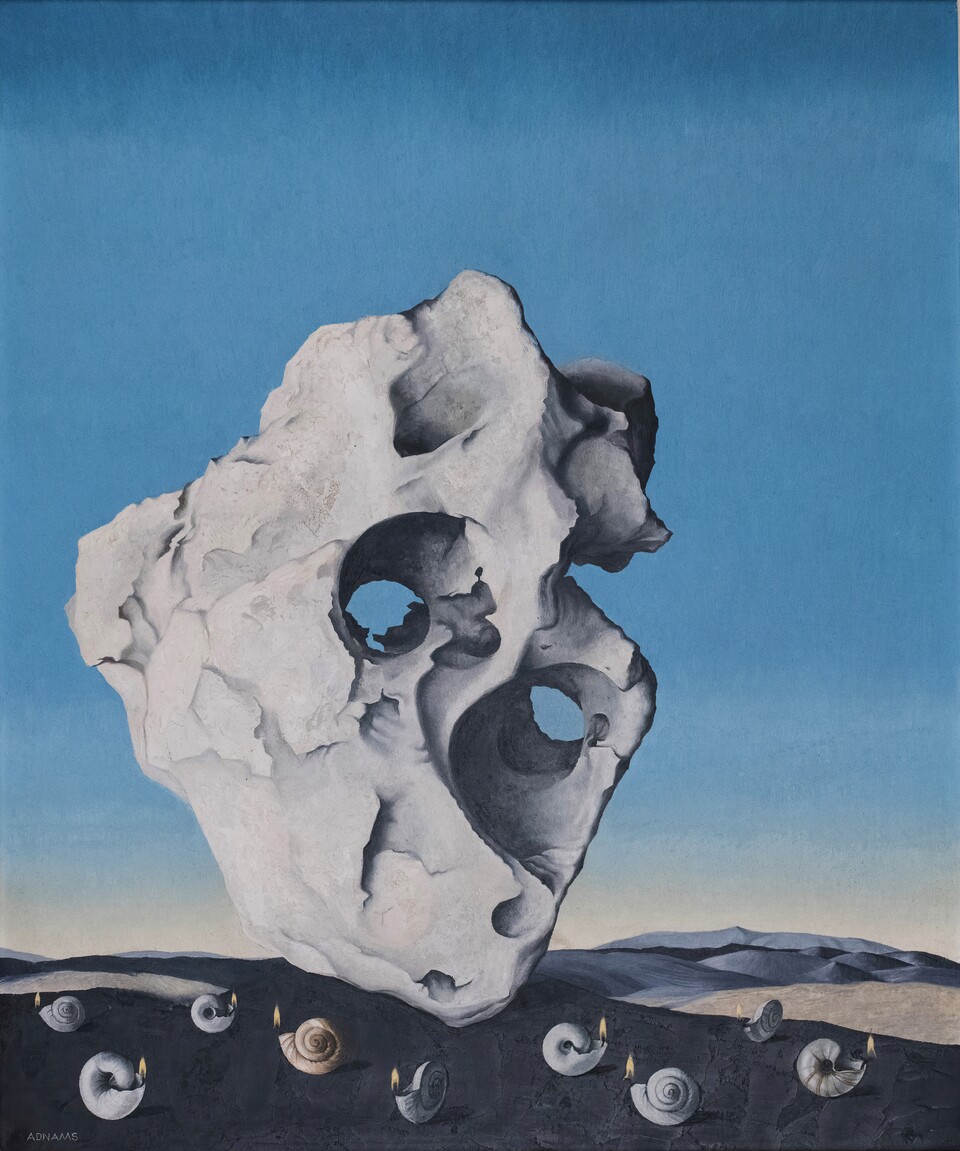
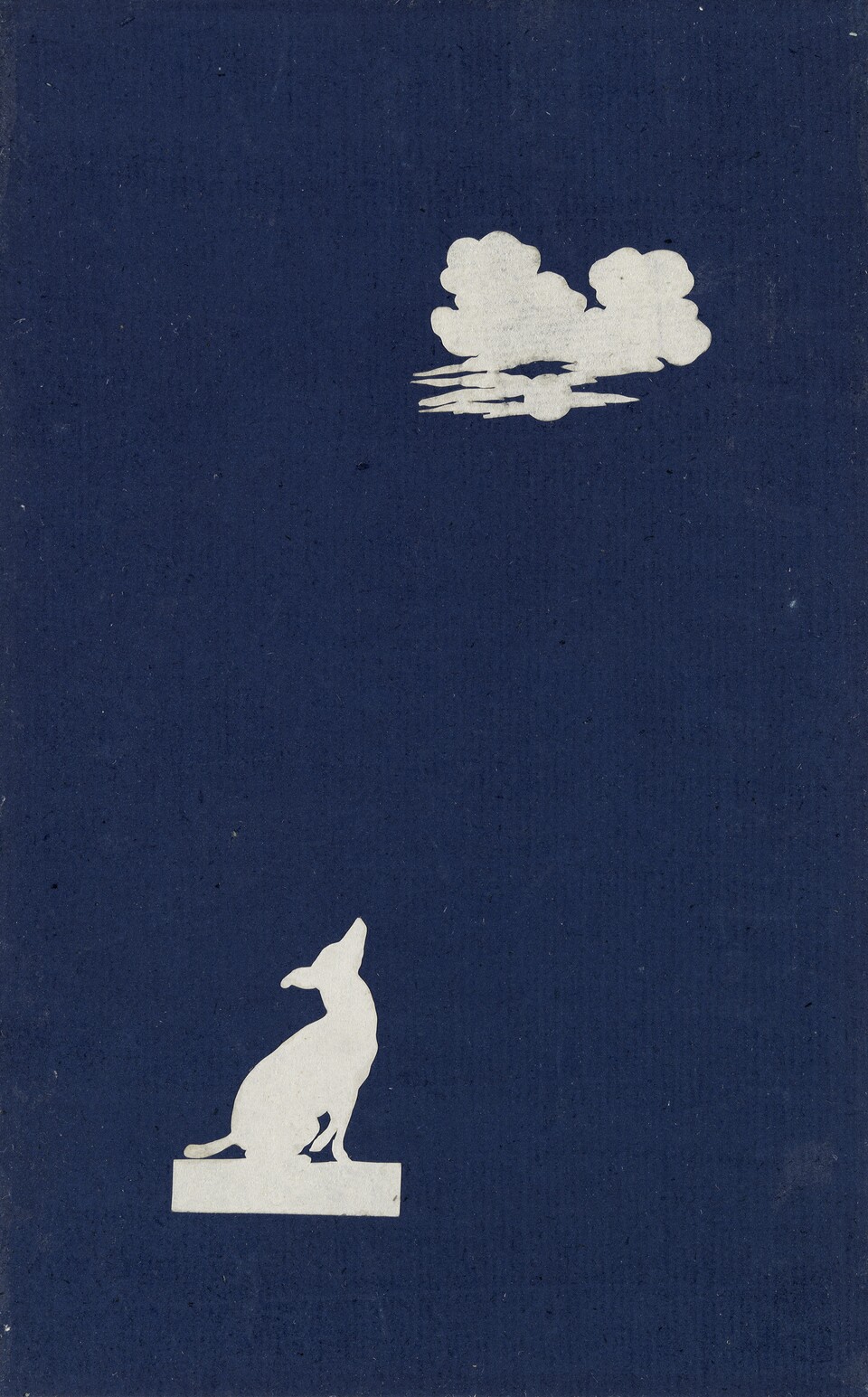
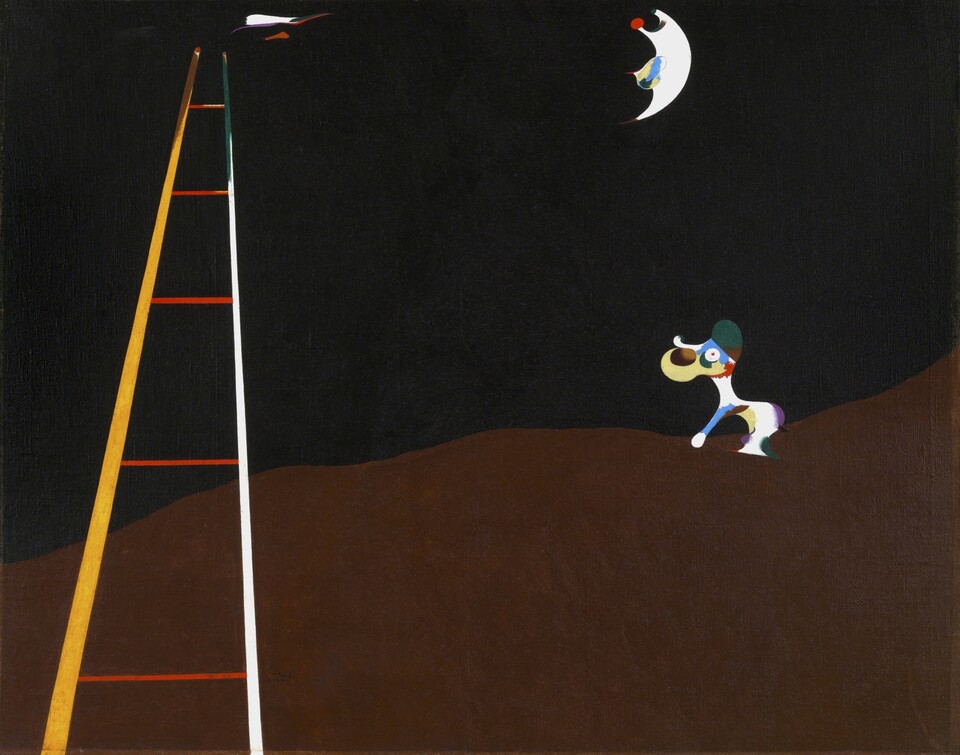
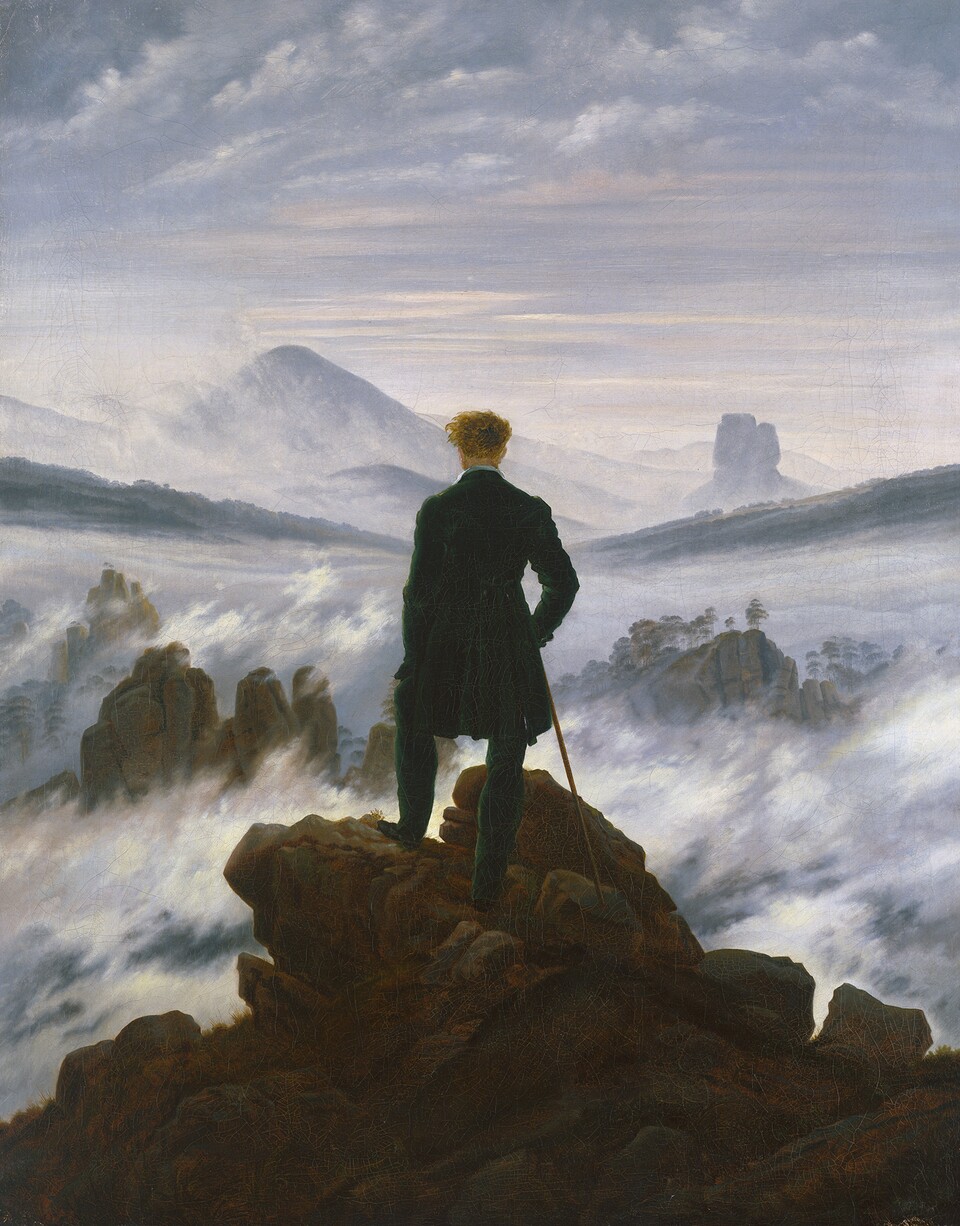
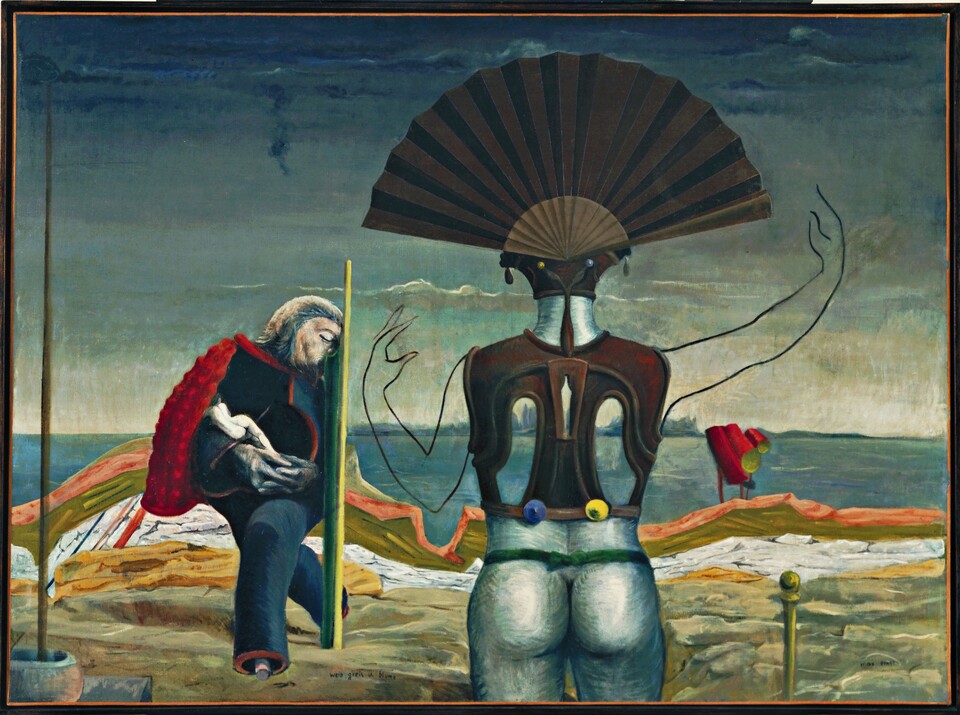
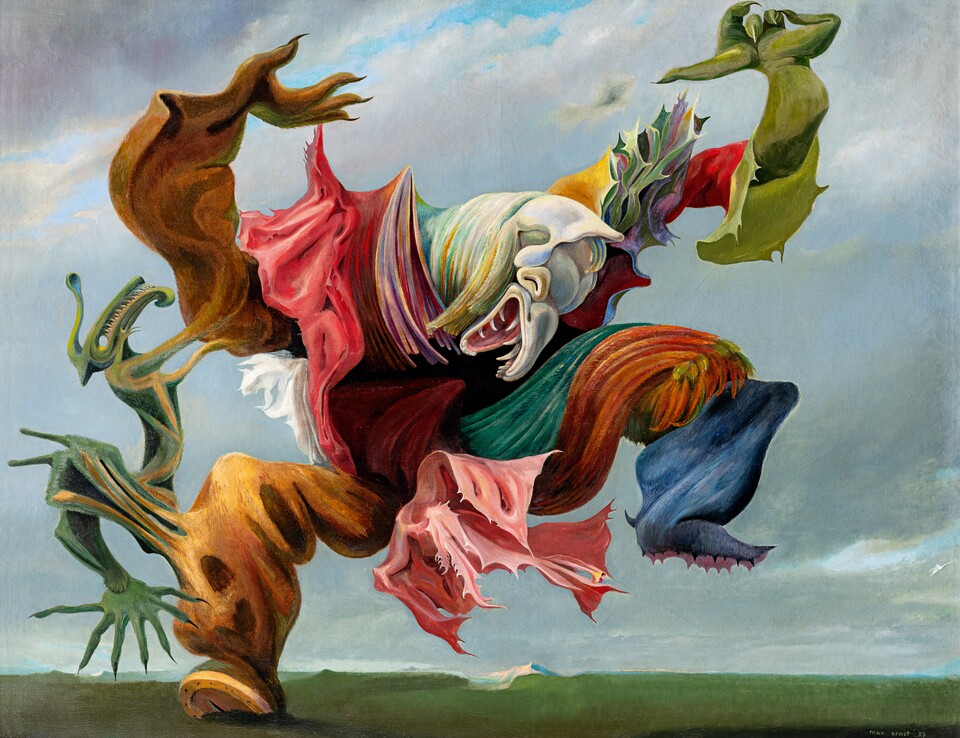
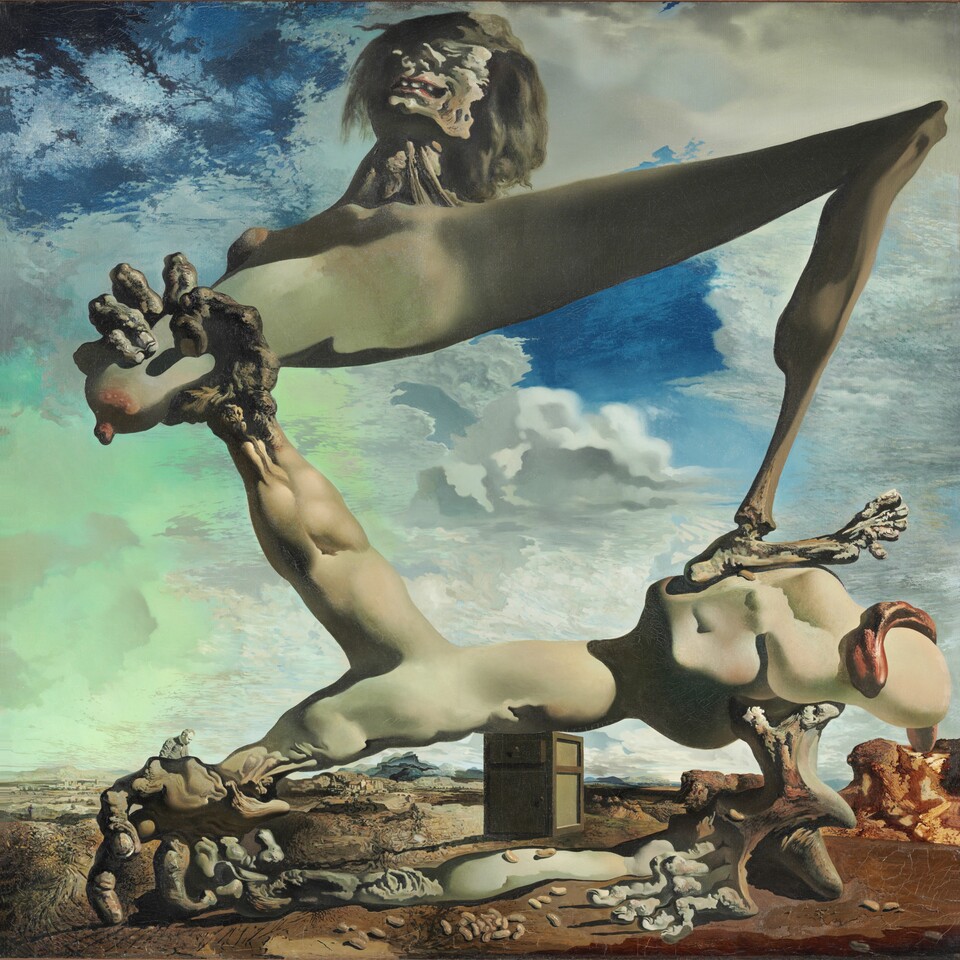
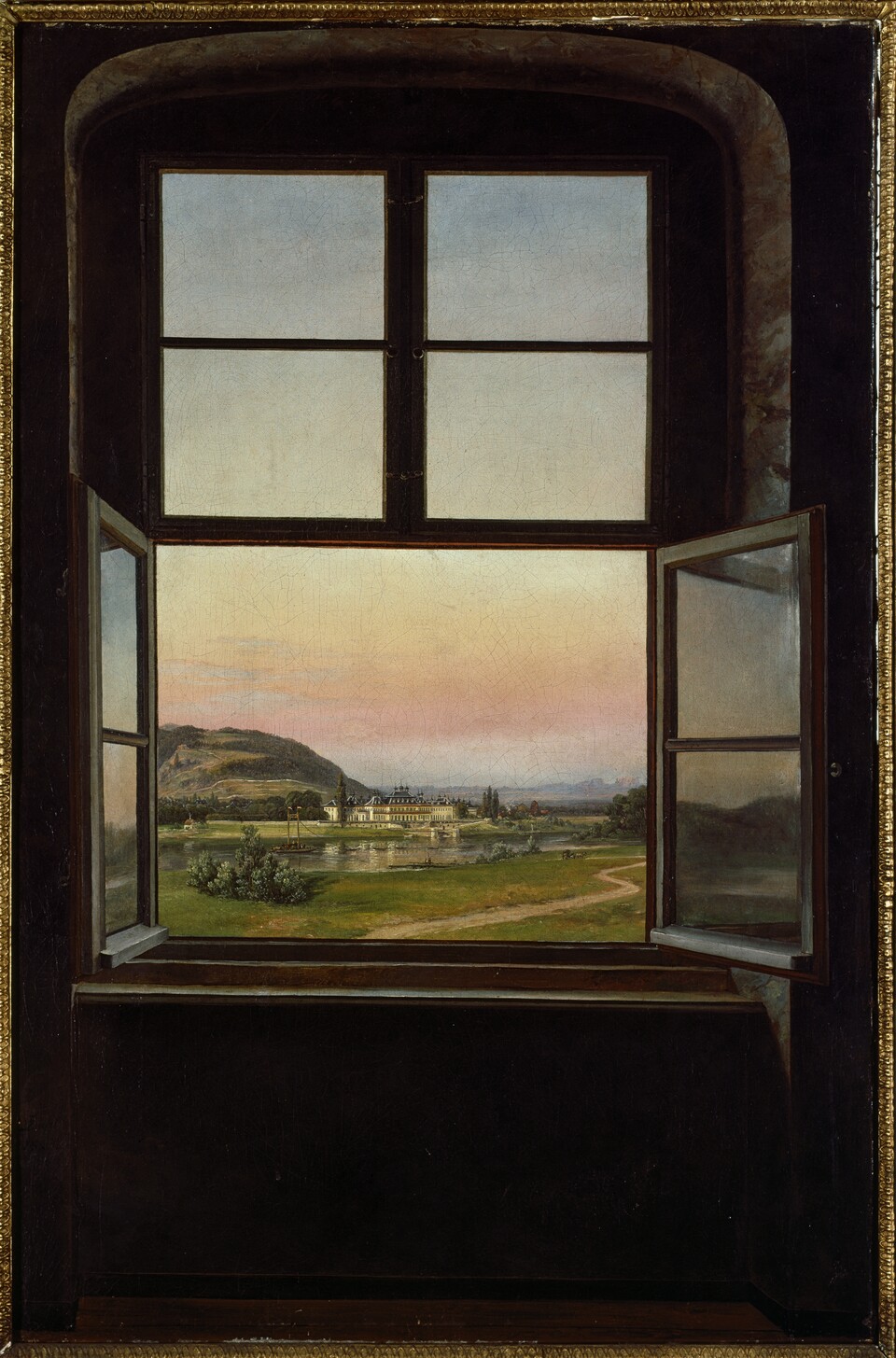
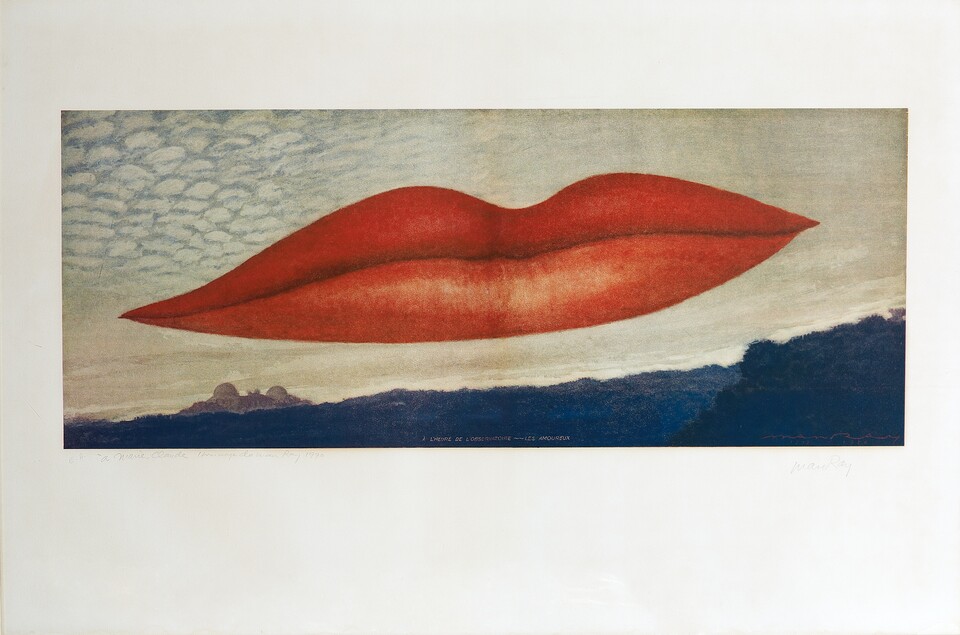
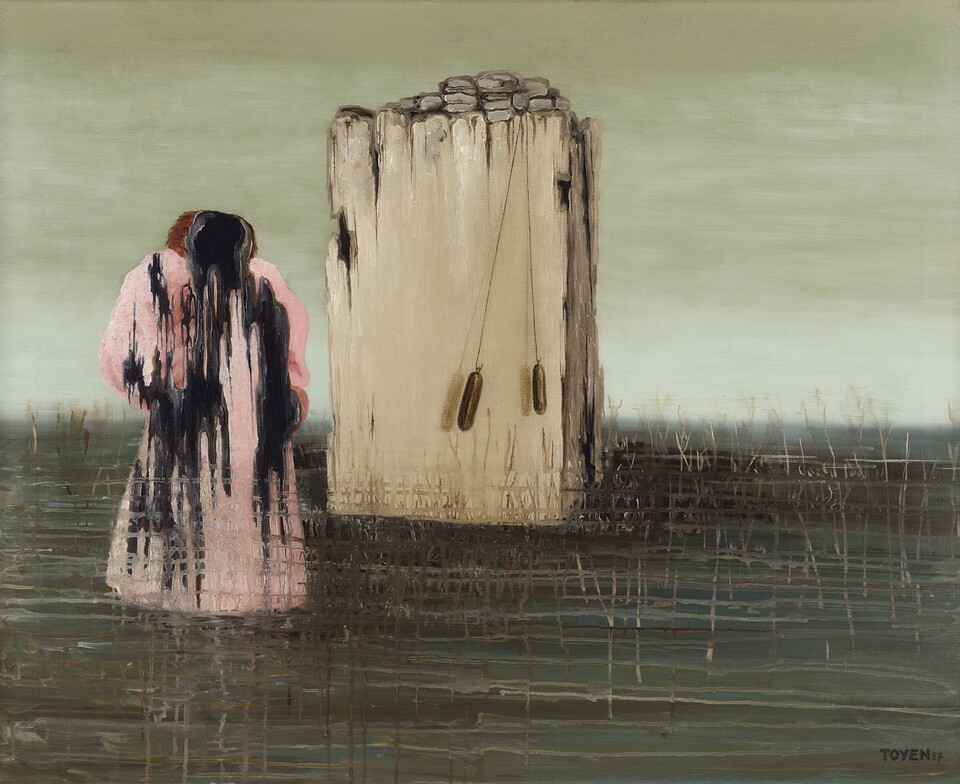
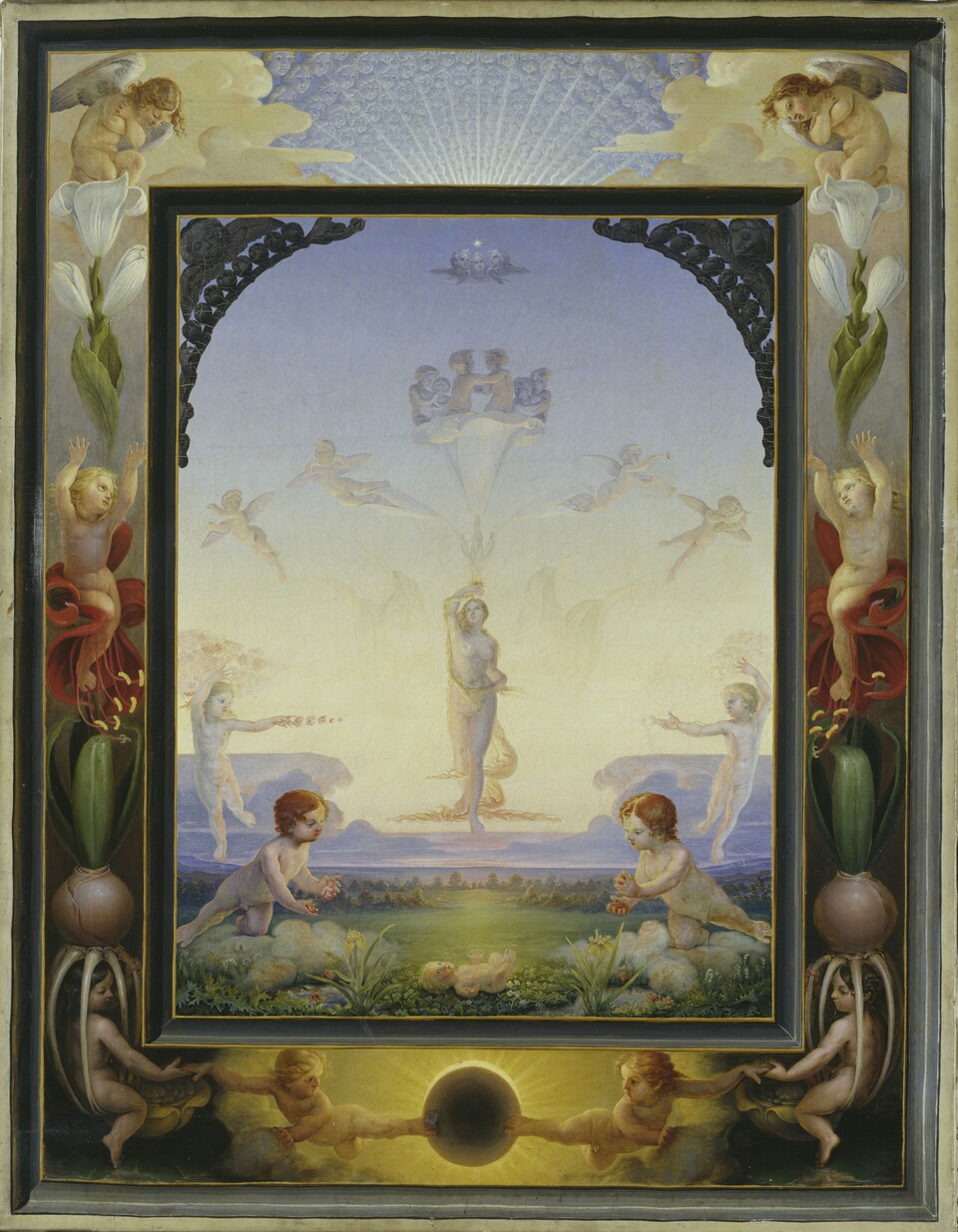
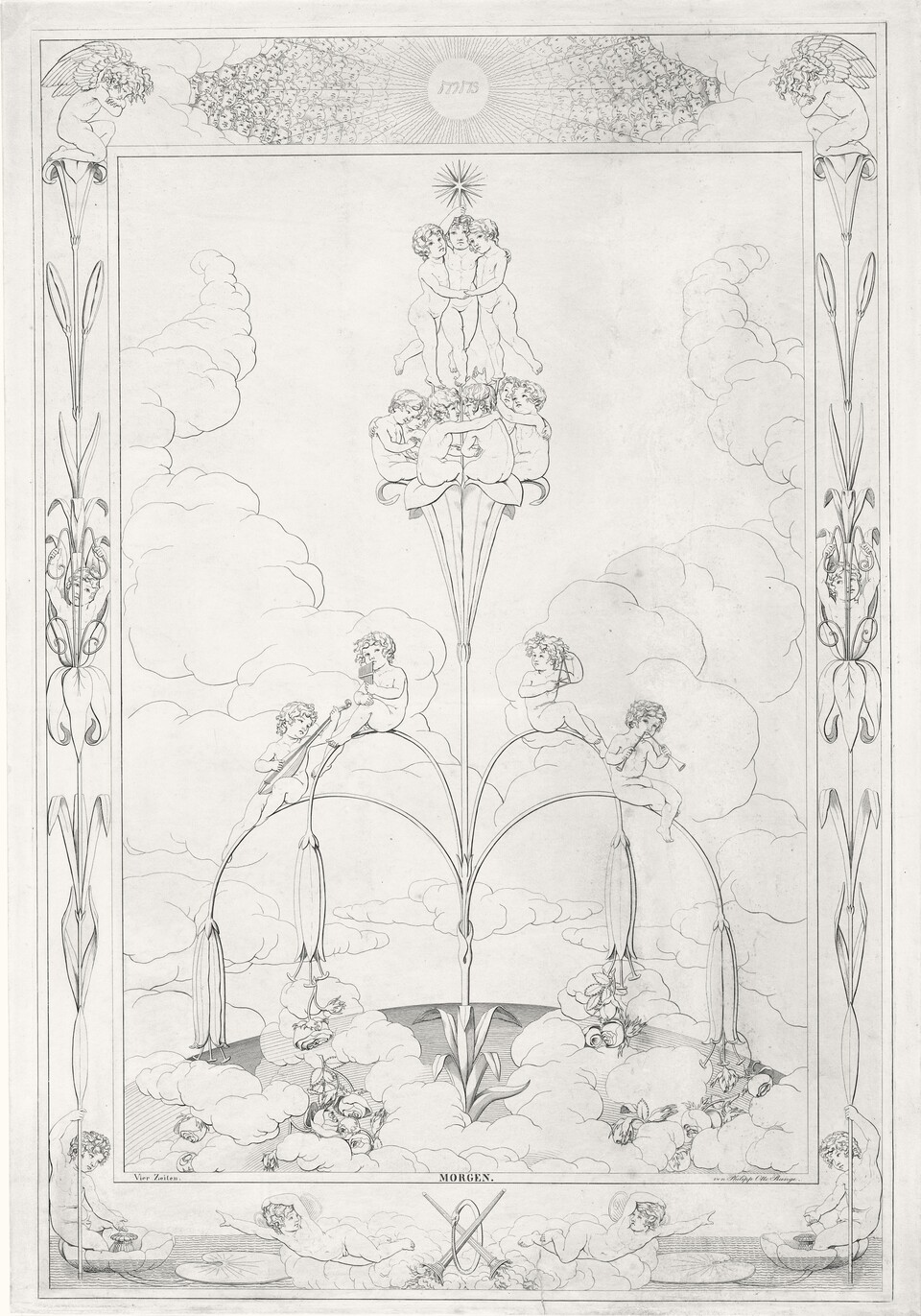
![René Magritte (1898–1967) Das doppelte Geheimnis (Le double secret), 1927 Öl auf Leinwand, 114 x 162 cm Centre Pompidou, Paris, Musée national d’art moderne / Centre de création industrielle, Ankauf 1980, © bpk / CNAC-MNAM / Georges Meguerditchian © VG Bild-Kunst, Bonn 2025 René Magritte (1898–1967) Das doppelte Geheimnis (Le double secret), 1927 Öl auf Leinwand, 114 x 162 cm Centre Pompidou, Paris, Musée national d’art moderne / Centre de création industrielle, Ankauf 1980, © bpk / CNAC-MNAM / Georges Meguerditchian © VG Bild-Kunst, Bonn 2025, [Nur auf Anfrage erhältlich]](/sites/default/files/styles/960_breit/public/2025-02/Magritte%2C%20Ren%C3%A9_Le%20double%20secret%2C%201927.jpg?itok=pLKog2GU)
